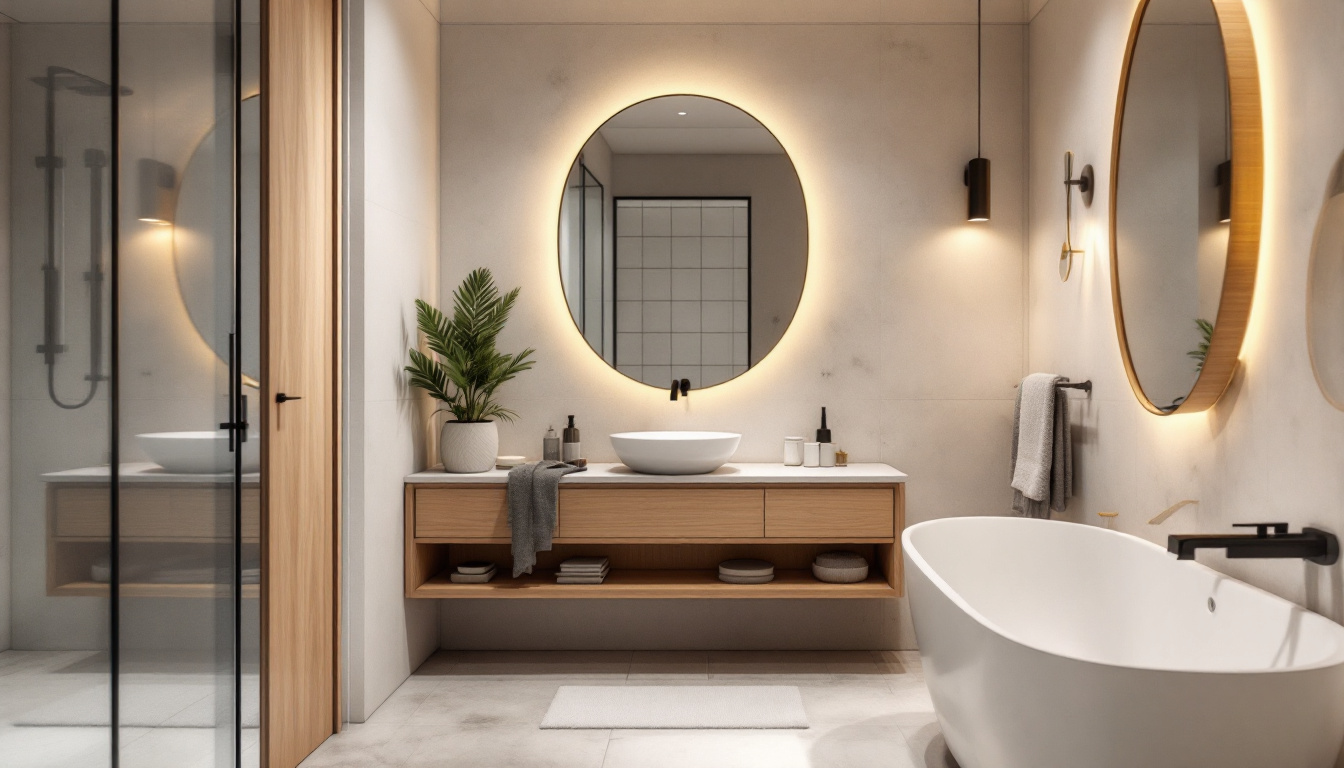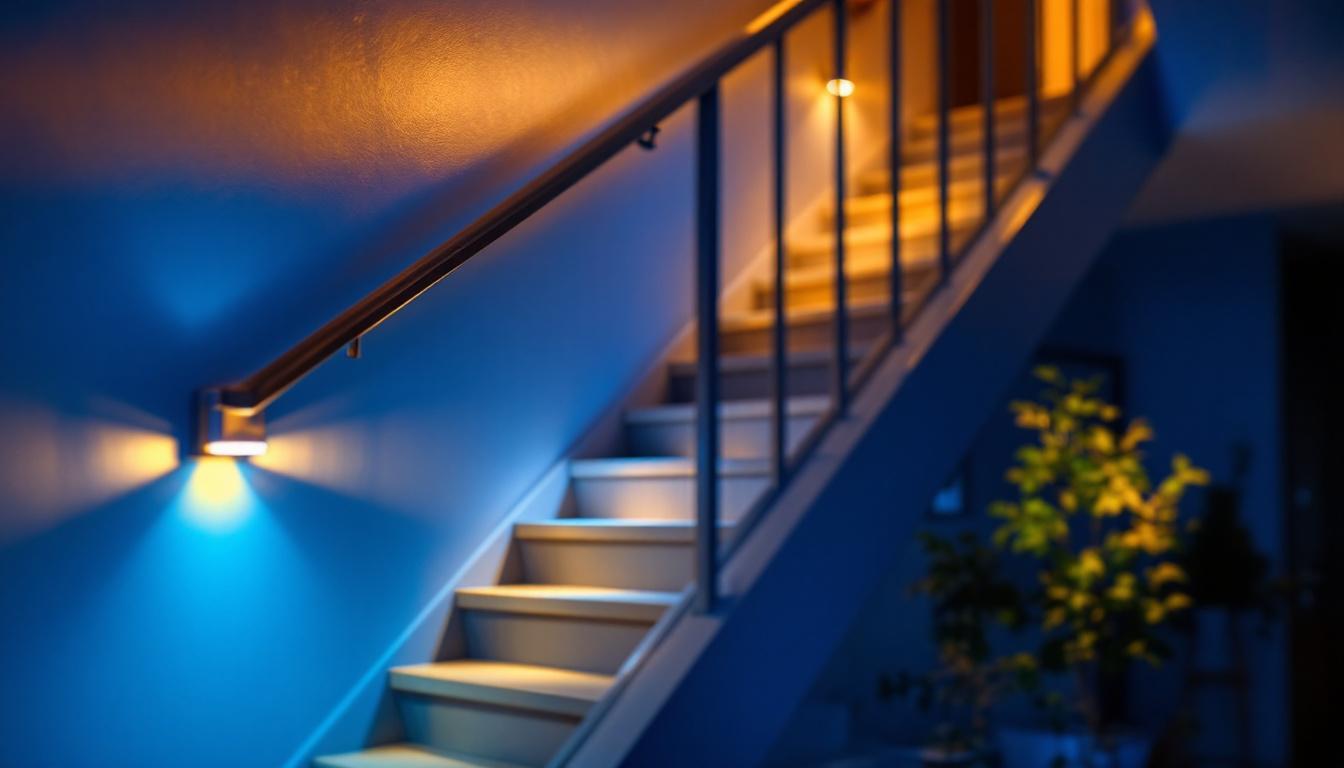
When it comes to bathroom lighting, many lighting contractors tend to focus on the obvious elements, such as fixture placement and wattage. However, there are several nuanced aspects that can significantly enhance the overall effectiveness and aesthetic of bathroom can lights. This article delves into the critical factors that are often overlooked, providing insights that can elevate the quality of lighting designs in bathrooms.
Bathrooms present unique challenges when it comes to lighting design. The combination of moisture, varying sizes, and the need for functionality can complicate the selection and placement of can lights. Lighting contractors must be aware of these challenges to create a well-balanced lighting scheme.
Bathrooms are inherently humid environments, which can affect the longevity and performance of lighting fixtures. It is crucial for contractors to choose can lights that are rated for damp or wet locations. This ensures that the fixtures can withstand the moisture without compromising safety or functionality.
Additionally, the use of appropriate materials can prevent corrosion and deterioration over time. Stainless steel or plastic fixtures are often better choices than traditional metals, which may rust or degrade in high-humidity settings. Furthermore, the installation of vapor-proof fixtures can provide an extra layer of protection, ensuring that the lighting remains effective and safe even in the most humid conditions.
The size and layout of a bathroom greatly influence the type and number of can lights required. Smaller bathrooms may benefit from fewer, strategically placed fixtures that provide adequate illumination without overwhelming the space. Conversely, larger bathrooms may require multiple can lights to ensure even lighting throughout.
Contractors should also consider the layout of the bathroom. For instance, areas around mirrors and vanities often require brighter lighting compared to other areas. Understanding how to balance light levels in relation to the room’s dimensions is essential for achieving a harmonious design. Additionally, the use of dimmable lights can enhance the versatility of the space, allowing homeowners to adjust the brightness according to their needs, whether it’s for a relaxing bath or a busy morning routine.
Moreover, the placement of can lights should take into account the natural light sources available in the bathroom. If a bathroom has a window, the artificial lighting should complement the natural light, creating a seamless transition between day and night. This can be achieved by selecting warmer color temperatures for the can lights, which can mimic the soft glow of sunlight, thus enhancing the overall ambiance of the space.
The color temperature of lighting can dramatically affect the ambiance of a bathroom. Many contractors may overlook this aspect, opting for standard warm or cool white bulbs. However, the right color temperature can enhance the functionality of the space, especially in areas where grooming and personal care take place. A well-thought-out lighting scheme can transform a mundane bathroom into a serene spa-like retreat, making it a space where homeowners can unwind and rejuvenate.
Color temperature is measured in Kelvin (K) and can range from warm (around 2700K) to cool (above 5000K). Warmer tones create a cozy and inviting atmosphere, while cooler tones can provide a more energizing and refreshing feel. For bathrooms, a color temperature between 3000K and 4000K is often ideal, as it strikes a balance between warmth and clarity. This range not only enhances visibility for personal grooming tasks but also contributes to an overall sense of well-being, making the bathroom a more pleasant environment.
Contractors should also consider the preferences of the homeowners. Some may prefer a softer light for relaxation, while others may want a brighter, cooler light for functionality. Offering options can enhance customer satisfaction and lead to more tailored lighting solutions. Moreover, the choice of color temperature can also influence the perception of space; warmer lights can make smaller bathrooms feel more intimate, while cooler lights can open up larger areas, making them feel more expansive and airy.
Effective bathroom lighting often requires a layered approach. This involves combining ambient, task, and accent lighting to create a well-rounded illumination scheme. While can lights typically provide ambient lighting, they can also serve as a foundation for layering other types of lighting. By thoughtfully planning the placement and type of lighting, contractors can ensure that every corner of the bathroom is both functional and visually appealing.
For instance, placing can lights above or around mirrors can enhance task lighting, making grooming activities easier. Additionally, incorporating accent lighting, such as LED strips or sconces, can highlight architectural features or decorative elements, adding depth and interest to the space. Consider using dimmable fixtures to allow homeowners to adjust the brightness according to their mood or time of day, creating a versatile environment that caters to both relaxation and functionality. Furthermore, integrating smart lighting solutions can provide homeowners with the ability to customize their lighting experience, making it even more convenient to achieve the desired ambiance at any moment.
Proper fixture placement is crucial for maximizing the effectiveness of bathroom can lights. Lighting contractors must carefully consider the positioning of fixtures to avoid shadows and ensure even illumination.
One common mistake is placing can lights too far from the areas they are intended to illuminate. This can create shadows, particularly around mirrors and vanities, where adequate lighting is essential. A good rule of thumb is to position can lights approximately 24 to 36 inches apart, depending on the size of the fixtures and the height of the ceiling.
Moreover, the angle at which lights are installed can also affect the quality of light. Installing can lights at a slight angle can help direct light where it is needed most, reducing glare and enhancing visibility.
Ceiling height is another critical factor that can influence fixture placement. In bathrooms with higher ceilings, contractors may need to use more powerful bulbs or additional fixtures to ensure adequate illumination. Conversely, in spaces with lower ceilings, recessed can lights should be placed closer to the ground to maximize their effectiveness.
Additionally, the use of dimmers can provide flexibility in lighting levels, allowing homeowners to adjust the brightness based on their needs and preferences. This adaptability is particularly beneficial in bathrooms, where lighting requirements can vary throughout the day.
As energy efficiency becomes increasingly important, lighting contractors must consider the sustainability of their lighting solutions. Choosing energy-efficient can lights not only reduces energy consumption but also appeals to environmentally conscious homeowners.
LED can lights have gained popularity due to their energy efficiency and longevity. Unlike traditional incandescent bulbs, LEDs consume significantly less energy and have a much longer lifespan. This translates to lower energy bills and reduced maintenance costs over time.
Moreover, many LED fixtures now come with adjustable color temperatures and dimming capabilities, allowing for greater versatility in lighting design. Contractors should educate their clients about the benefits of LED technology, helping them make informed decisions about their lighting choices.
Another aspect of sustainability that contractors should keep in mind is the proper disposal and recycling of old lighting fixtures. Many municipalities have specific guidelines for disposing of electrical components, and being knowledgeable about these regulations can enhance a contractor’s reputation as a responsible and environmentally friendly professional.
Encouraging clients to recycle old fixtures and bulbs not only supports sustainability but also fosters a positive relationship with homeowners who value eco-friendly practices.
Smart home technology is becoming increasingly prevalent, and integrating smart lighting solutions into bathroom designs can set a contractor apart from the competition. Smart can lights offer convenience, energy efficiency, and enhanced control over lighting environments.
Smart can lights can be controlled remotely via smartphones or voice-activated devices, allowing homeowners to adjust lighting levels, change color temperatures, and set schedules from anywhere. This level of control can enhance the user experience and provide added convenience for busy households.
Additionally, smart lighting can contribute to energy savings by allowing homeowners to turn off lights when not in use or adjust brightness based on natural light levels. Contractors who offer smart lighting solutions can position themselves as forward-thinking professionals who are attuned to modern trends.
When integrating smart lighting, it is essential to ensure compatibility with other smart home systems, such as security cameras, thermostats, and home assistants. This creates a cohesive smart home experience that enhances the overall functionality of the space.
Contractors should stay informed about the latest smart technology trends and educate their clients on how to effectively use these systems. This not only enhances customer satisfaction but also positions the contractor as an expert in the field.
Bathroom can lights play a crucial role in creating a functional and aesthetically pleasing environment. By considering the unique challenges of bathroom lighting, selecting the right color temperature, and paying attention to fixture placement, lighting contractors can significantly enhance their designs.
Moreover, embracing energy-efficient technologies, integrating smart solutions, and prioritizing sustainability can set contractors apart in a competitive market. By focusing on these often-overlooked elements, lighting professionals can elevate their projects and provide exceptional value to their clients.
Ultimately, successful bathroom lighting design requires a comprehensive understanding of both the technical and aesthetic aspects of lighting. By honing in on the details that matter, contractors can create spaces that are not only well-lit but also welcoming and functional.
Ready to take your bathroom lighting designs to the next level? At LumenWholesale, we provide lighting contractors with the superior, spec-grade lighting products you need to outshine the competition. With our unbeatable wholesale prices and commitment to quality, you can access a wide range of lighting solutions that meet the highest industry standards. Say goodbye to inflated markups and hello to hassle-free bulk buying with free shipping. Elevate your lighting projects with the perfect blend of quality, affordability, and convenience. Discover the best value in wholesale lighting by visiting LumenWholesale today.

Discover how industrial track lights can revolutionize your lighting projects by saving time and reducing costs.

Discover why lighting contractors should prioritize motion sensor lights for stairs.

Discover why purchasing vapor tight high bay lights in bulk from local distributors might not be the best choice.

Discover how LED light fixtures are revolutionizing the lighting industry and impacting contractors’ profits.